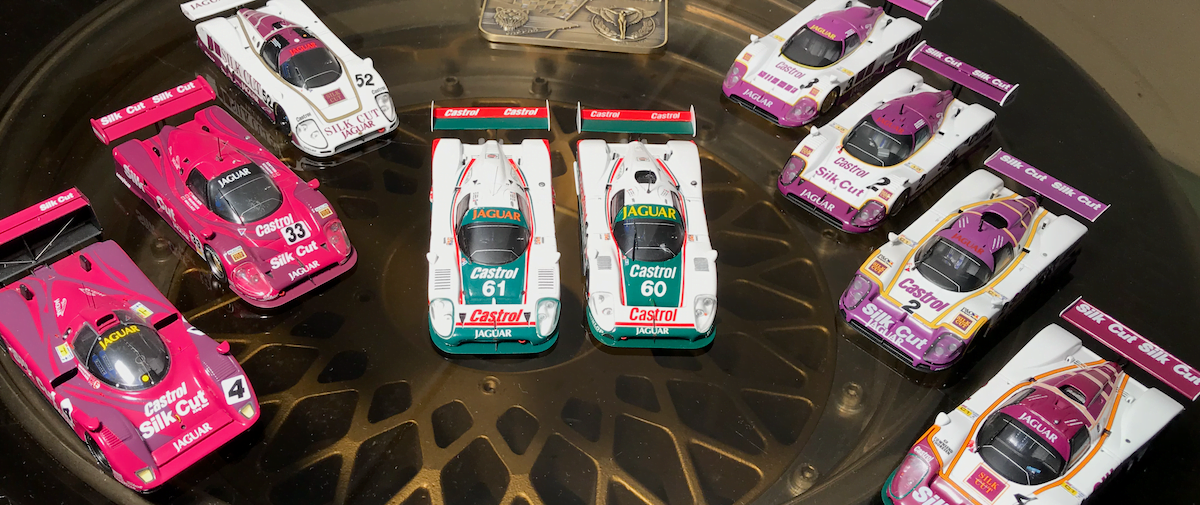Published February 26, 2024 | Last update September 7, 2024 | 13 models online
Disclaimer: I do not smoke and surely do not want to promote tobacco. But neither do I ignore the fact that the tobacco industry has been quite good for motorsport in the past. So, I show the cars and models here as they were; with tobacco advertising.
Tom Walkinshaw was quite successful as a racing driver before he started TWR. With TWR he won a race in the World Championship at Silverstone with a BMW 3.5 CSL. He prepared and raced many Jaguars, Mazda RX-7, Rover Vitesse and the famous Volvo 850 Estate. After that, he got involved in Formula 1 with Benetton and Arrows.
1984 Spa-Francorchamps 24h, Jaguar XJS. The collaboration between Jaguar and Tom Walkinshaw Racing (TWR) started in 1982. The Jaguar XJS was surprisingly homologated for group A by the clever TWR team. It’s impossible that 5.000 cars are built in a year’s time let alone with a manual gear box and wheel arches that allow such wide rear tires … Even more surprisingly, in 1984 it beat the BMW’s over 24 hours in very changing weather conditions. Tom Walkinshaw gained Jaguar’s trust and was commissioned to build the group C prototypes afterwards.
#12 Tom Walkinshaw (GB) / Win Percy (GB) / Hans Heyer (D) – 1st
TWR Jaguar XJS – Jaguar 5.3 liter V12 90º, approx. 400 hp. Dunlop tires. Weight 1400 kg. Steel monocoque, chassisnr. 84A007

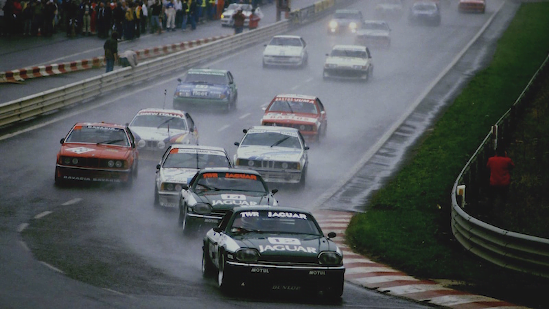
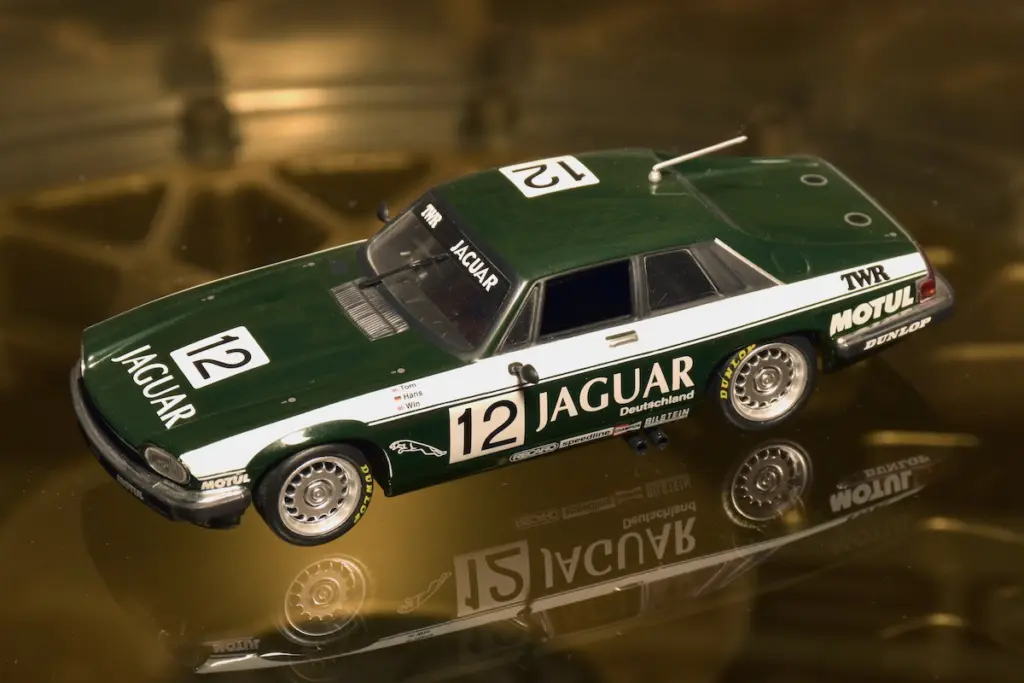
- MINICHAMPS MC430 841312 (diecast)
1984 Le Mans 24h, Jaguar XJR-5. American Bob Tullius had this beautiful IMSA Jaguar V12 built by Fabcar. It wasn’t fast enough to compete with the group C Porsches, but it sure got the attention of the Jaguar factory. Two years later Jaguar gave Tom Walkinshaw the mission to build a group C that could challenge Porsche.
#40 John Watson (GB) / Claude Ballot-Lena (F) / Tony Adamowicz (USA) – DNF
Group 44 Jaguar XJR-5 – 6.0 liter Jaguar V12 90º, approx. 600 hp. Goodyear tires. Weight 1050 kg. Aluminum monocoque, chassisnr. #006
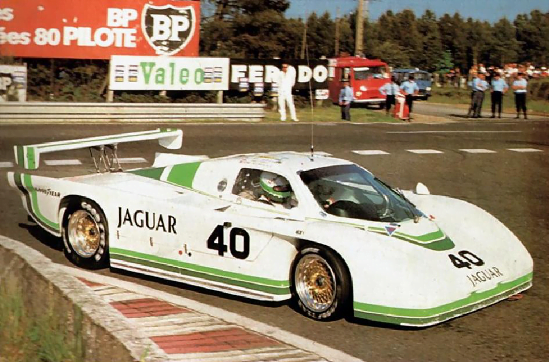
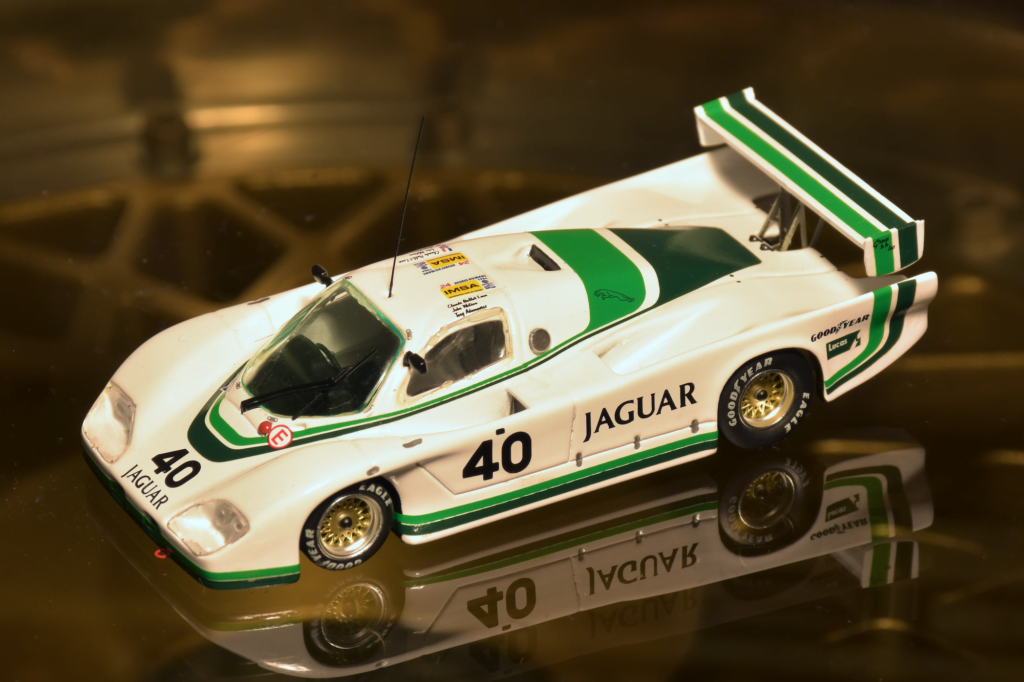
- BIZARRE BZ24 (resin)
Tom Walkinshaw goes Le Mans
1986 Le Mans 24h, Jaguar XJR-6. TWR developed the Jaguar XJR-6 with the V12 Jaguar engine, just like Bob Tullius did a few years before. TWR would number on and named his car Jaguar XJR-6, This time it was a real group C car and very competitive however all cats retired this year, but they would return.
#52 Brian Redman (GB) / Hurley Haywood (USA) / Hans Heyer (D) – DNF
TWR Jaguar XJR-6 – 6.2 liter Jaguar V12 90º injection, approx. 660 hp. Dunlop tires. Weight 900 kg. Steel monocoque, chassisnr. TWR / ACT #186
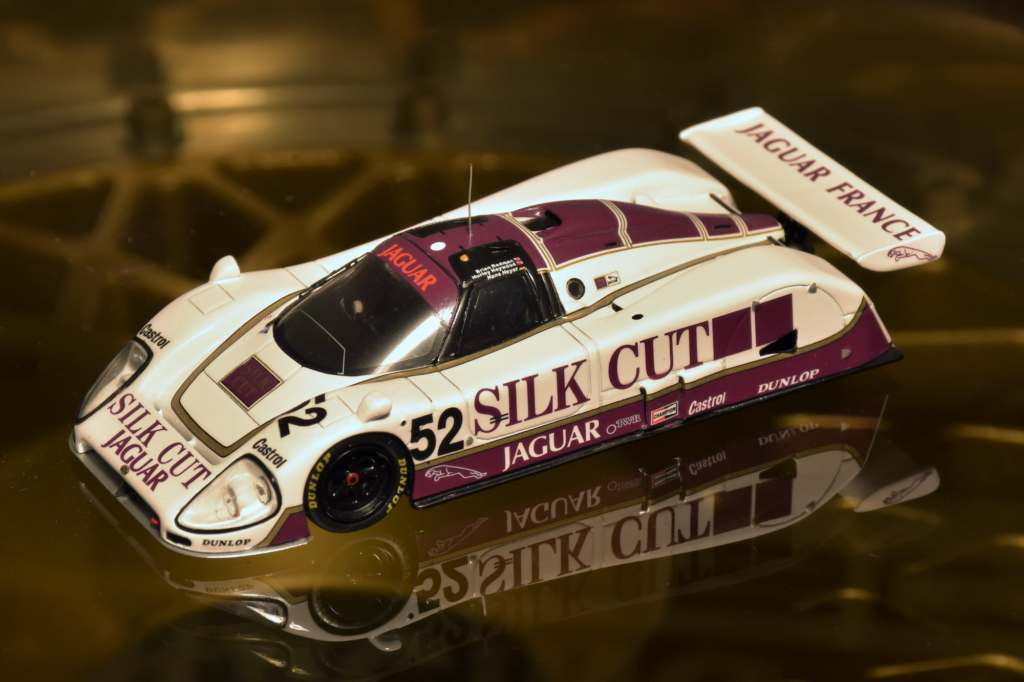
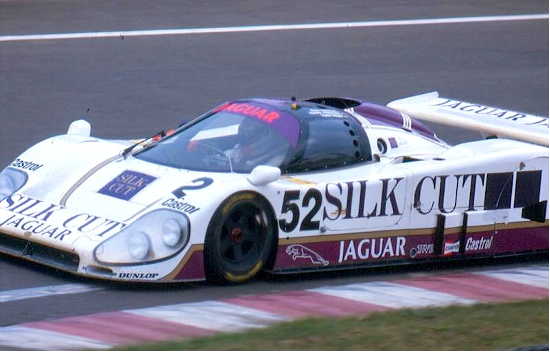
- SPARK S0756 (resin)
1987 Le Mans 24h, Jaguar XJR-8. This Jaguar XJR-8 from 1987 was really competitive thanks to the engine that was enlarged from 6.2 to 7.0 liter. But reliability was still an issue, only the #4 car survived and finished fifth behind four Porsches. Maybe 1988 would be even better …
#4 Jan Lammers (NL) / Eddie Cheever (USA) / Raoul Boesel (BR) – 5th
TWR Jaguar XJR-8 LM – 7.0 liter Jaguar V12 90º injection, approx. 720 hp. Dunlop tires. Weight 900 kg. Steel monocoque, chassisnr. TWR / ACT #387
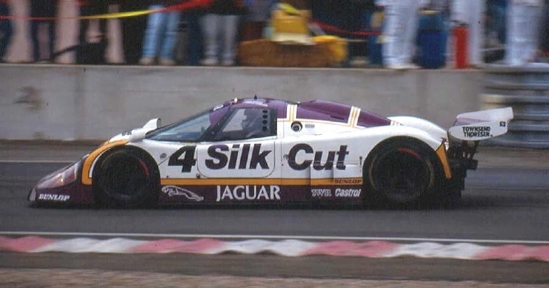
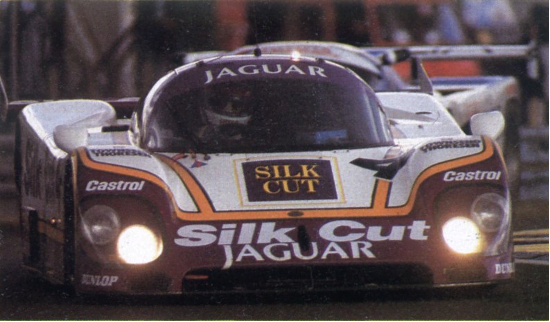


- SPARK S0758 (resin)
1988 Le Mans 24h, Jaguar XJR-9. TWR developed the Jaguar XJR into a winner, the first non-Porsche win since 1980! Jan Lammers was the lead driver and drove 14 hours in total. He managed to hold off the attacking Porsches in the last hour, despite a broken gearbox which was stuck in 4th gear.
#2 Jan Lammers (NL) / Andy Wallace (GB) / Johnny Dumfries (GB) -1st
TWR Jaguar XJR-9 LM – 7.0 liter Jaguar V12 90º injection, approx. 720 hp. Dunlop tires. Weight 900 kg. Steel monocoque, chassisnr. TWR / ACT #488
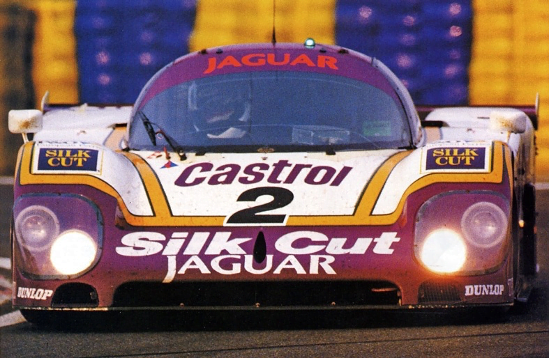

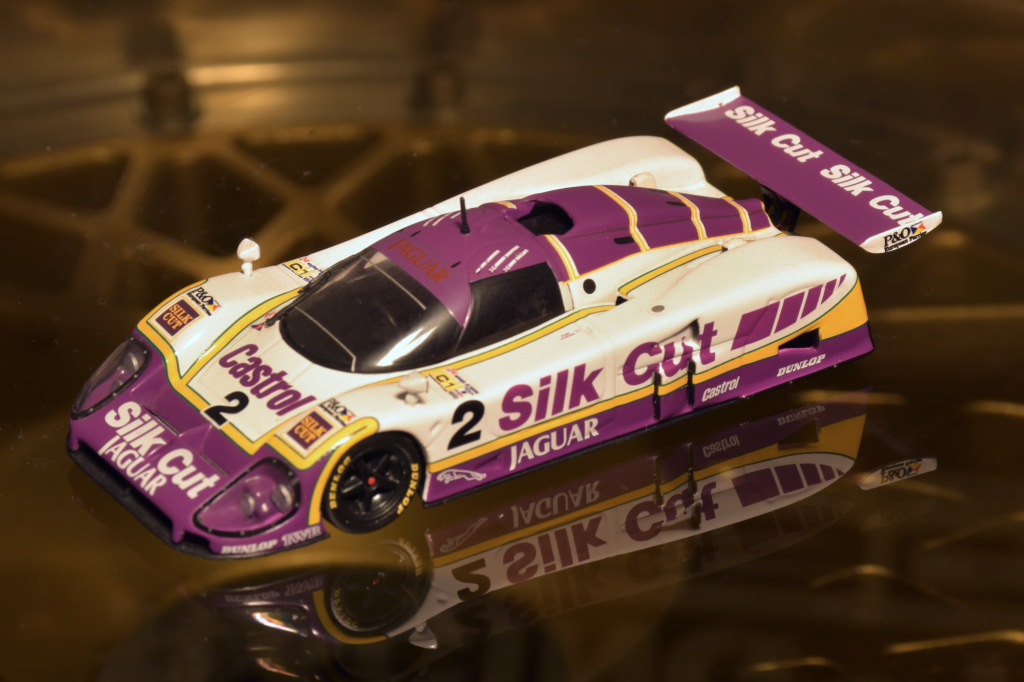

- IXO Classic Le Mans & GT-cars LMC002 (diecast)
1990 Le Mans 24h, Jaguar XJR-12 LM. In 1990 Jaguar drove the world championship races with a turbocharged 3,5-liter V6-engined car, the XJR-11. The cats got beaten each race by Mercedes. In Le Mans they used the same car equipped with the old reliable 12 cylinder (renamed XJR-12) and scored a double victory.
#3 John Nielsen (DK)/ Martin Brundle (GB) / Price Cobb (USA) – 1st
#2 Jan Lammers (NL) / Andy Wallace (GB) / Franz Konrad (A) – 2nd
TWR Jaguar XJR-12 LM – 7.0 liter Jaguar V12 90º injection, approx. 720 hp. Goodyear tires. Weight 900 kg. Steel monocoque, chassisnr. TWR / ACT #290 (#2) & ACT #288 (#3)
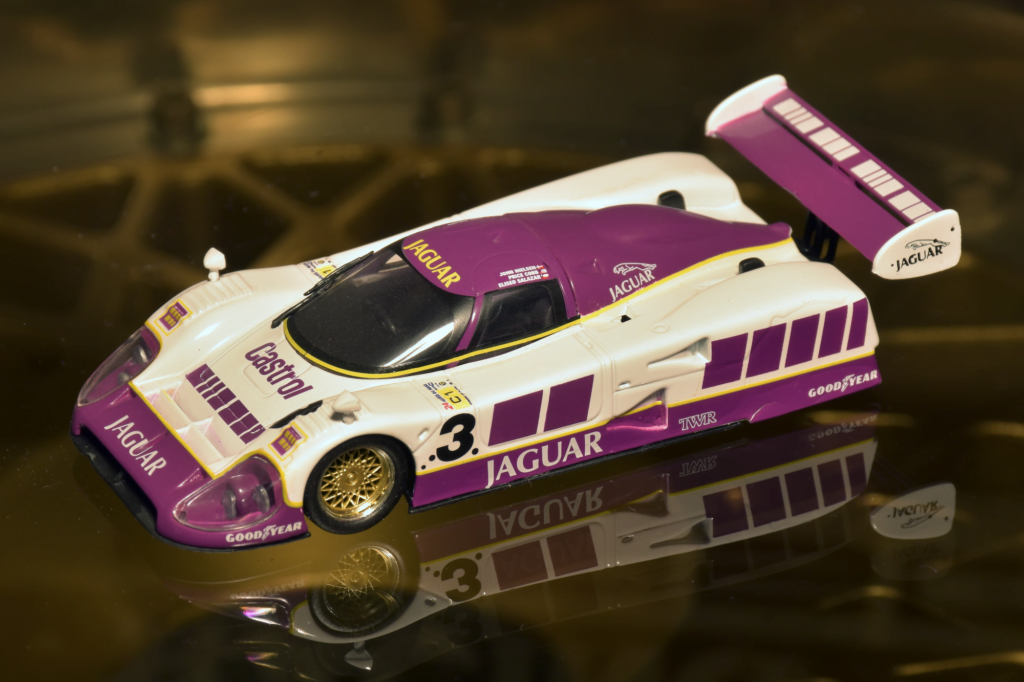
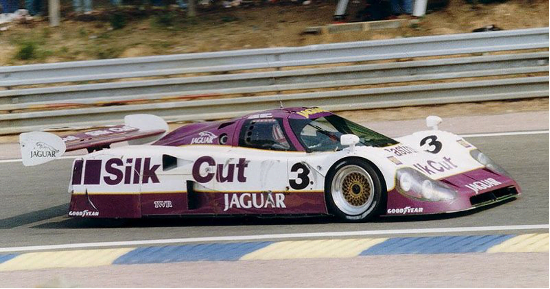

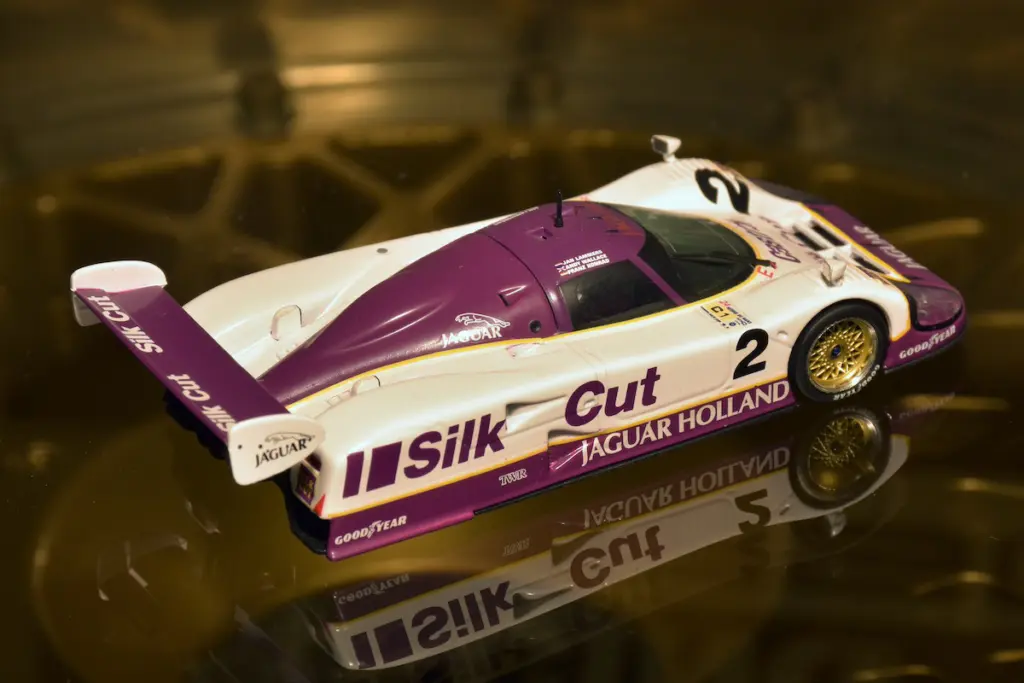
- #2 ALTAYA 24 heures du Mans 28 (diecast) non-tobacco version
- #3 IXO Classic Le Mans & GT Cars LMC 016 (diecast)
The American Connection
1988 Daytona 24h, Jaguar XJR-9. TWR developed the Jaguar XJR into a winner, it won Le Mans and Daytona both in 1988 and 1990. In 1988, Dutchman Lammers retired with his own car, but replaced Raoul Boesel in the last hours in the #60 car, so he also won both events that year.
#60 John Nielsen (DK) / Martin Brundle (GB) / Raoul Boesel (BR) / Jan Lammers (NL) – 1st
TWR Jaguar XJR-9 – 6.0 liter Jaguar V12 90º injection, approx. 650 hp. Dunlop tires. Weight 900 kg. Steel monocoque, chassisnr. TWR / ACT #288
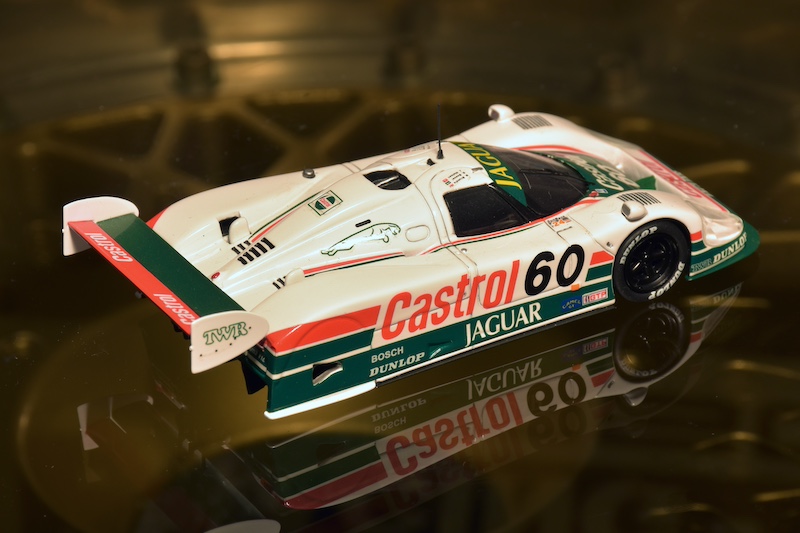
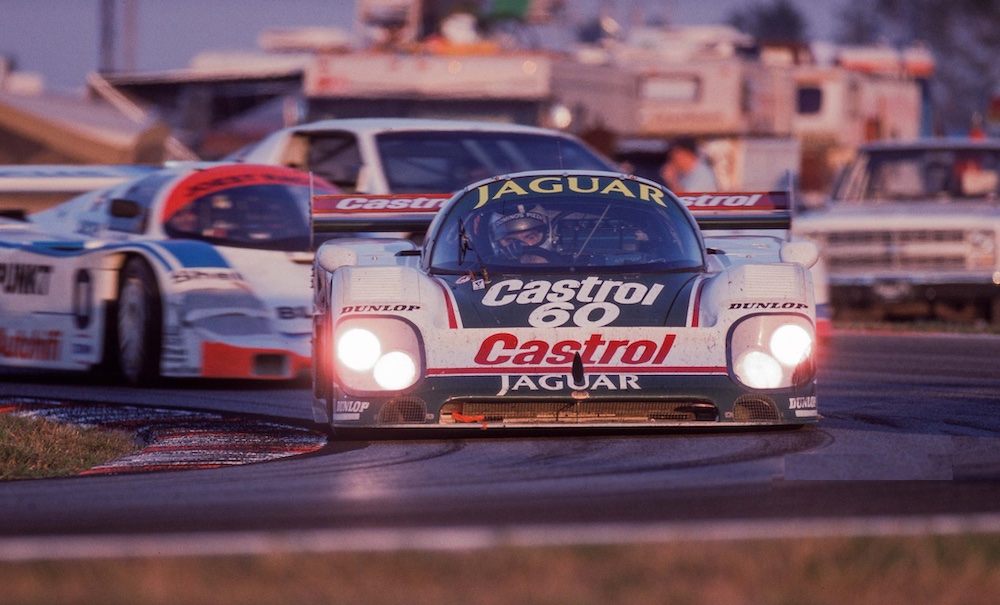
- SPARK S0744 (resin)
1990 Daytona 24h, Jaguar XJR-11. In 1990 Lammers won Daytona again, this time with Andy Wallace and Davy Jones. The IMSA Jaguars were somewhat different from the Group C cars and had less powerful 6-liter engines.
Daytona 1990 #61 Jan Lammers (NL) / Andy Wallace (GB) / Davy Jones (USA) – 1st
TWR Jaguar XJR-12 – J6.0 liter Jaguar V12 90º injection, approx. 650 hp. Dunlop tires. Weight 900 kg. Steel monocoque, chassisnr. TWR / ACT #388
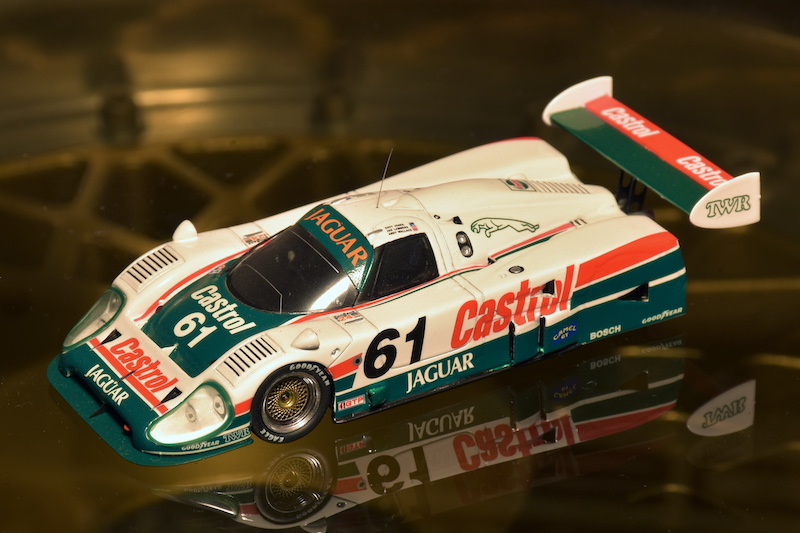
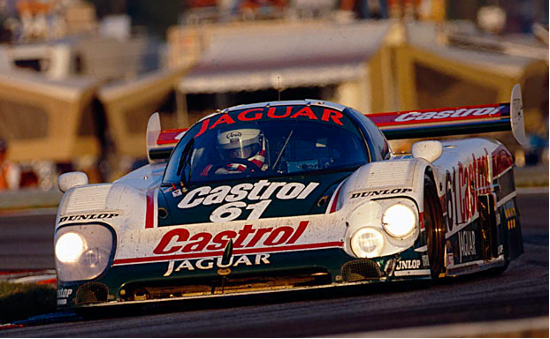
- SPARK S0750 (resin)
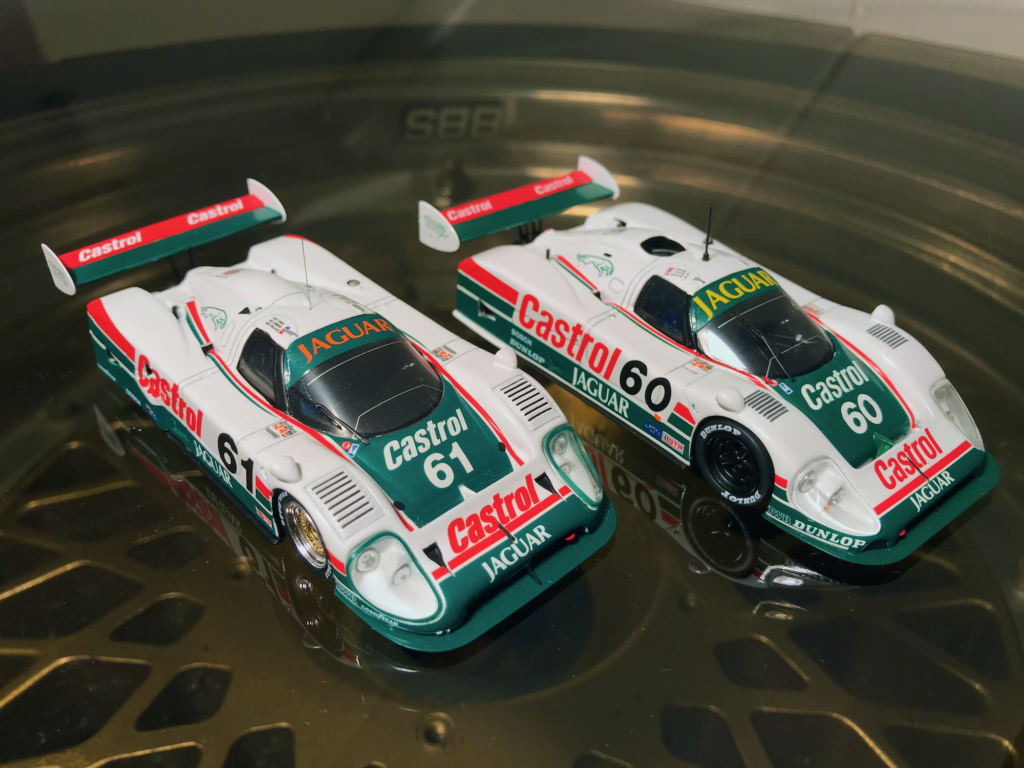
1991 Le Mans 24h, Jaguar XJR-12 LM and XJR-14. Because of changes in the regulations, Jaguar drove the world championship races with a 3,5-liter Cosworth-engine. The XJR-14 was fast, Andy Wallace took the second qualifying time, but the car also was very unreliable. So for the 24-hour race TWR chose to start with the old reliable XJR-12 LM. These finished 2nd, 3rd and 4th behind the screaming Mazda 787B rotary.
#33 Andy Wallace (GB) / Derek Warwick (GB) / John Nielsen (DK) – 4th
#33 Jaguar XJR-12 LM – 7.0 liter Jaguar V12 90º injection, approx. 720 hp. Weight 900 kg. Steel monocoque, chassisnr. TWR / ACT #891
#4 Jaguar XJR-14 – 3.5 liter Ford Cosworth HB V8 75º – approx. 650 hp. Goodyear tires. Weight 750 kg. Carbon fibre monocoque, chassisnr. TWR / Astec #691
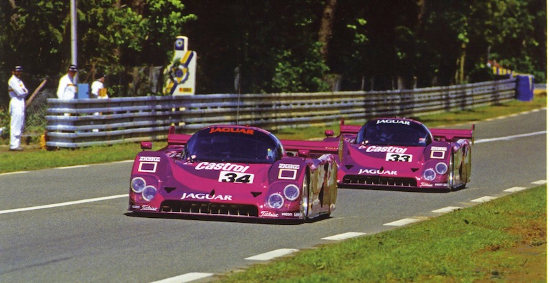


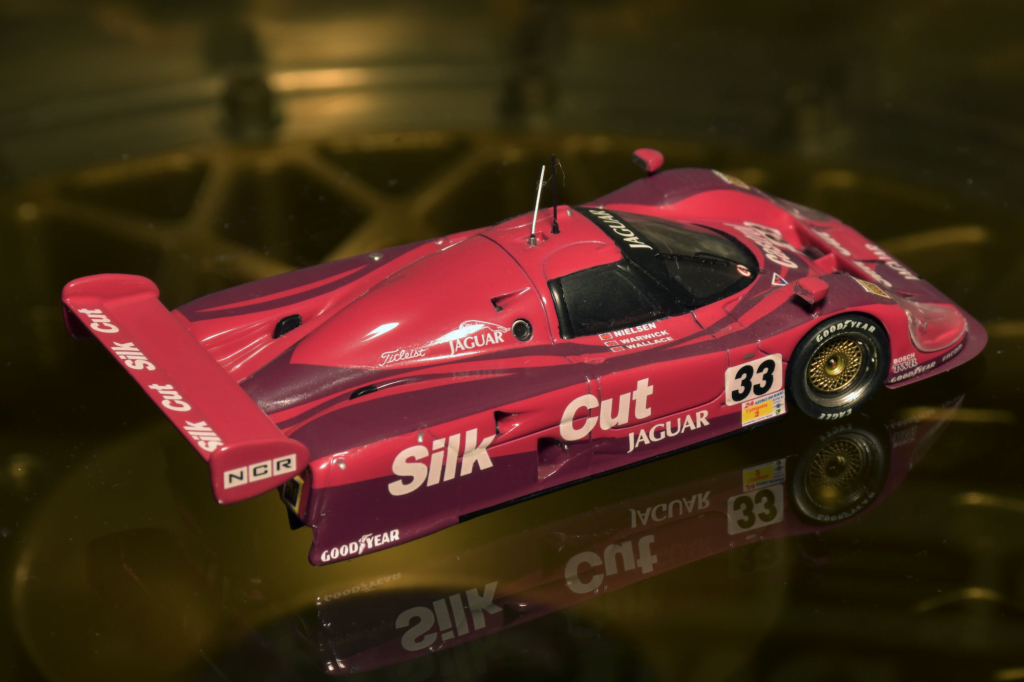

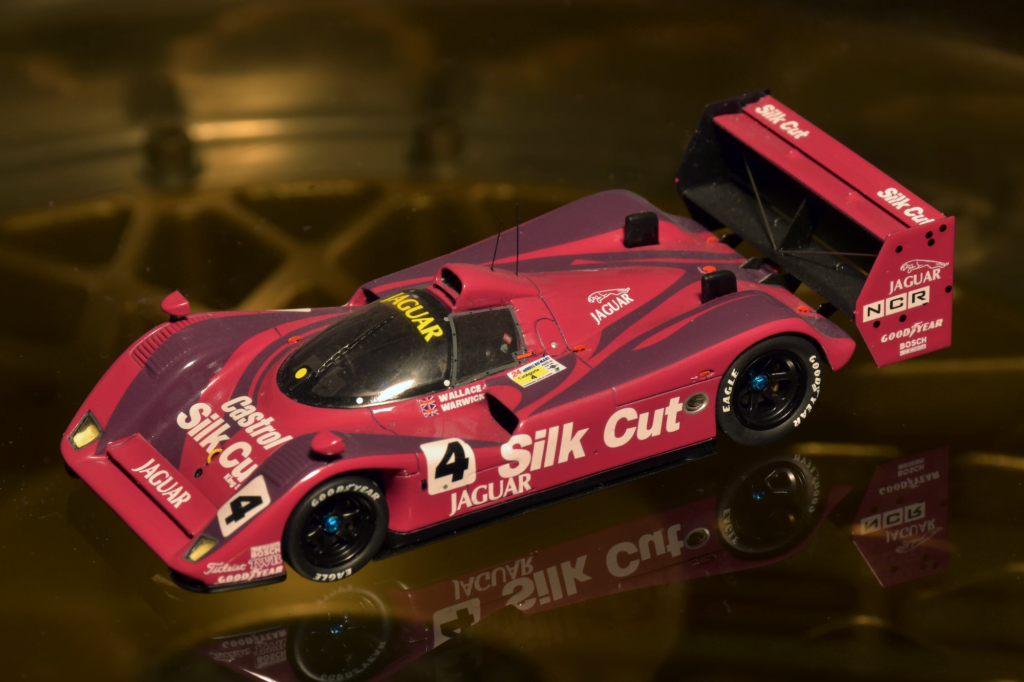
- #33 SPARK S0753 (resin)
- #4 SPARK S0775 (resin)
GT cars by TWR
1991 Monaco, Jaguar XJ-R 15. TWR developed this supercar for Jaguar. It had a carbon chassis that was based upon the XJR-9 that won Le Mans in 1988. Buyers could race it in the Jaguar Sport Intercontinental Challenge but most of them choose professional drivers to drive the car. Derek Warwick won the 1st race at Monaco. The second picture, I took at the Techno Classica Essen in 2016.
#11 Derek Warwick (GB) – 1st
Jaguar XJ-R 15 – 6.0 liter Jaguar V12 90º injection, approx. 450 hp. Bridgestone tires. Weight 1250 kg. Carbon fibre monocoque, chassisnr. TWR #020
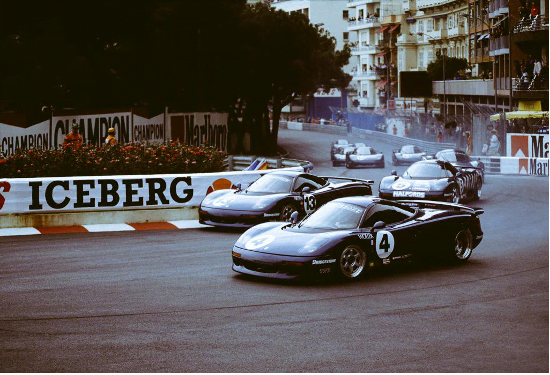
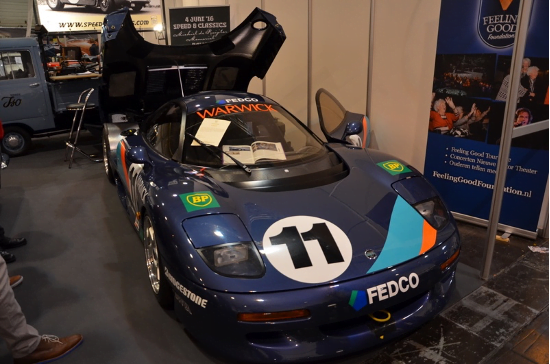

- SPARK S0771 (resin)
1993 Le Mans 24h, Jaguar XJ220. In 1993 the supercar TWR Jaguar XJ220 won the new GT class at Le Mans, but got disqualified because of a missing catalyst convertor which was standard on the road going version. Its two teammates already retired due to overheating.
#50 John Nielsen (DK) / David Brabham (AUS) / David Coulthard (GB) – DSQ
Jaguar XJ220 – 3.5 liter Rover / Jaguar JRV-6 V6 90º twin-turbo, approx. 550 hp. Weight 1125 kg. Dunlop tires. Steel monocoque, chassisnr. TWR #002
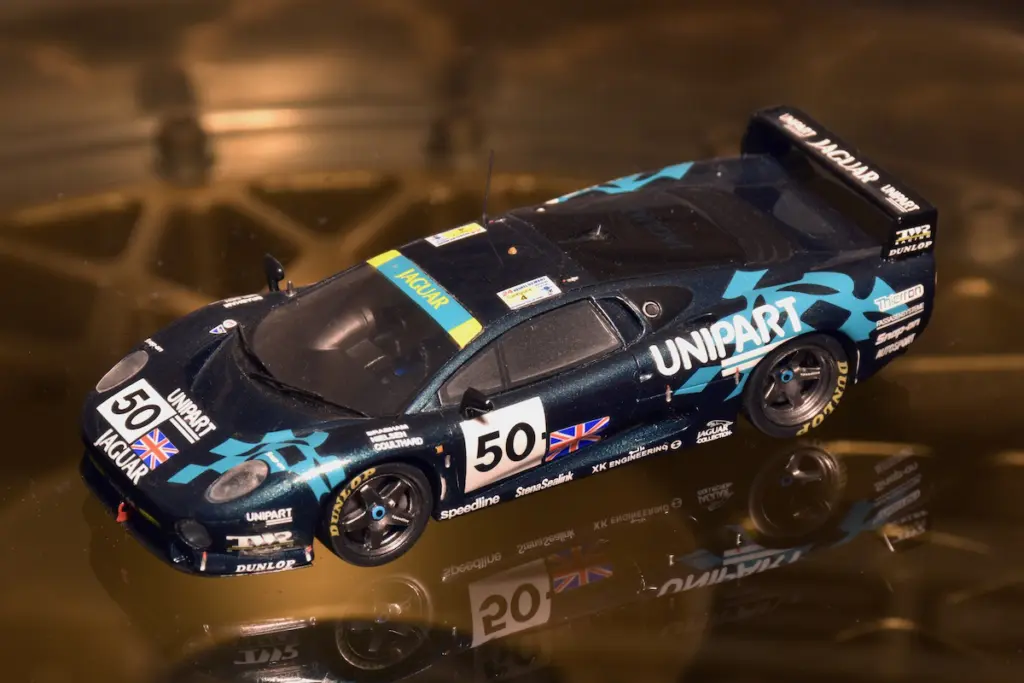
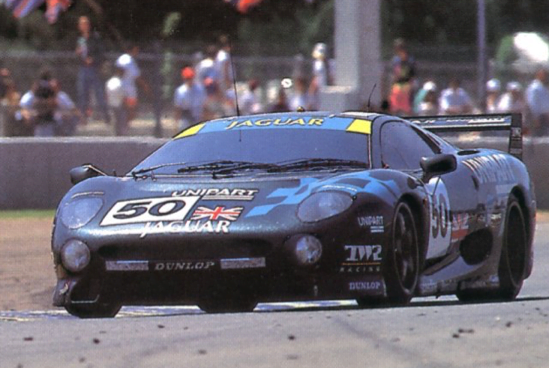

- SPARK S0761 (resin)
Thanks for visiting 😉
